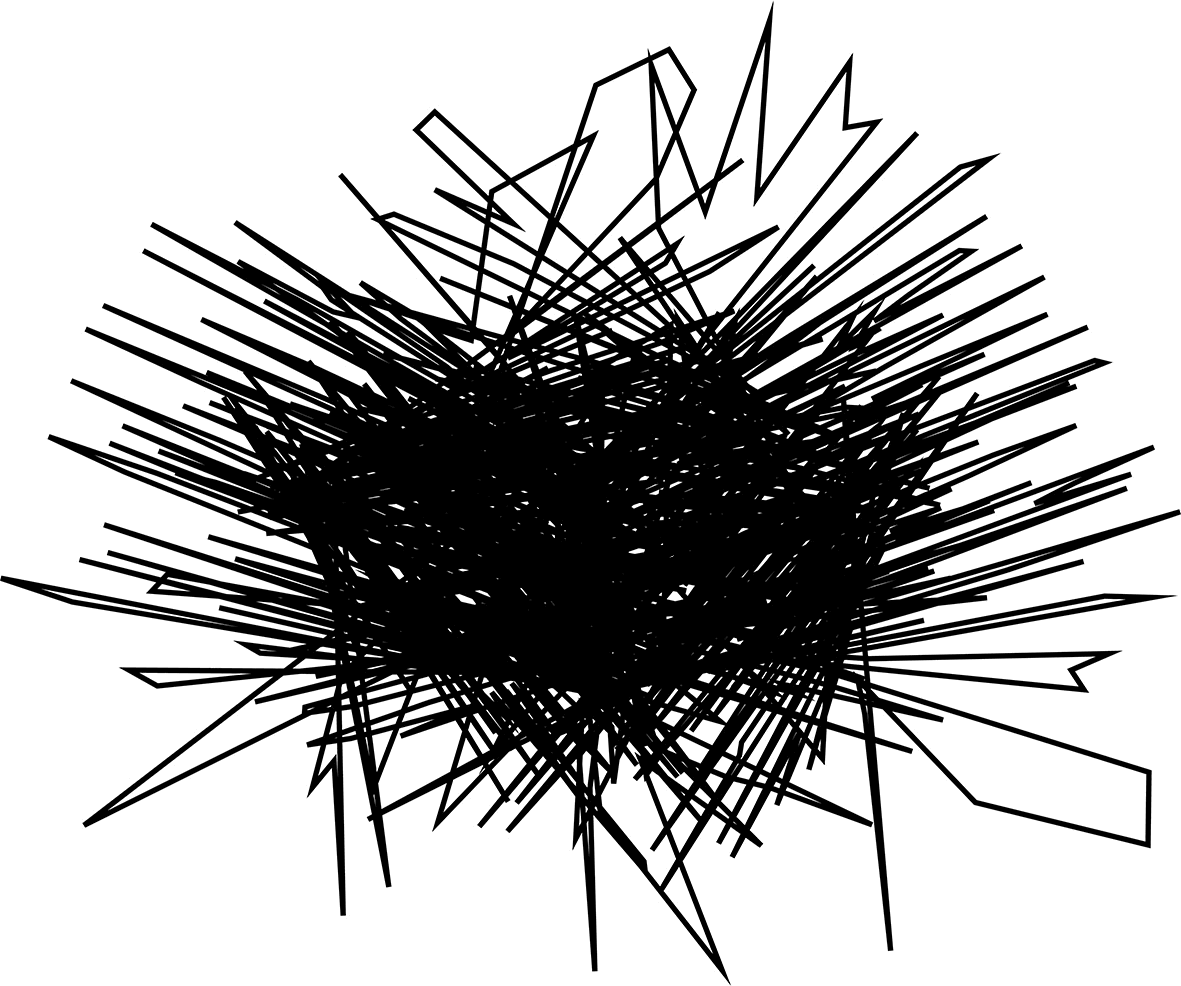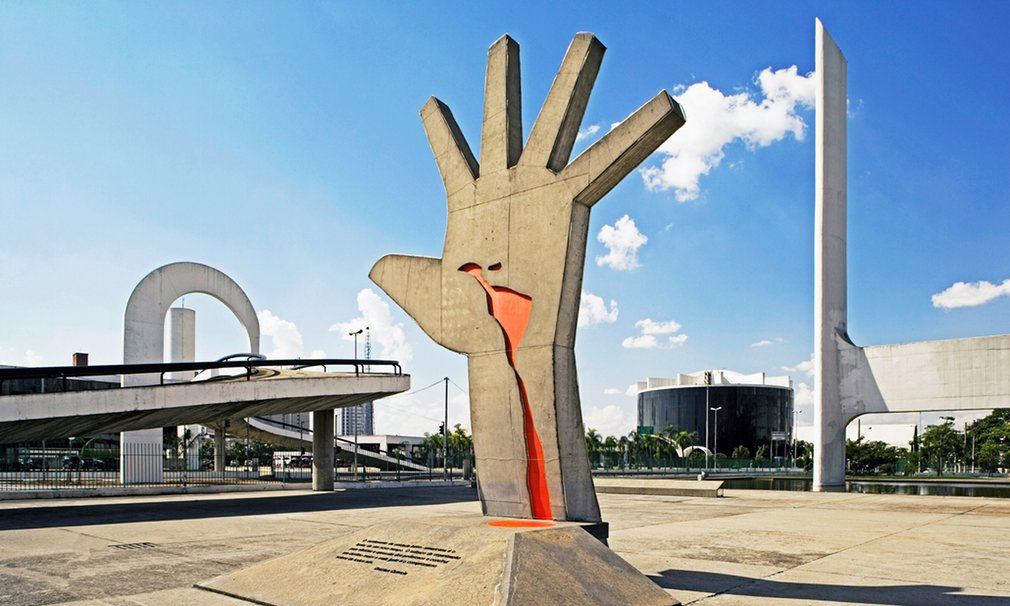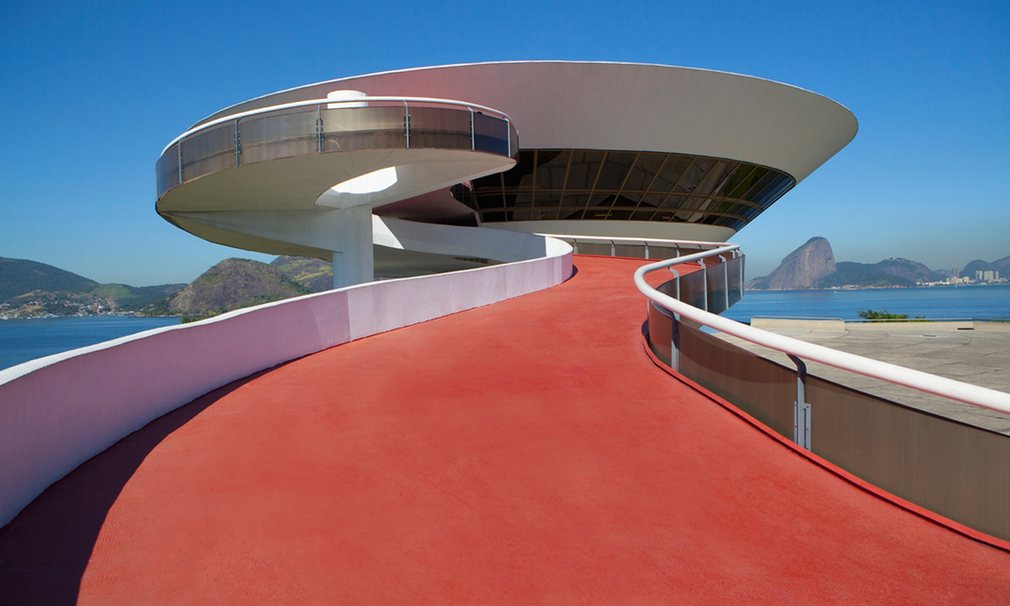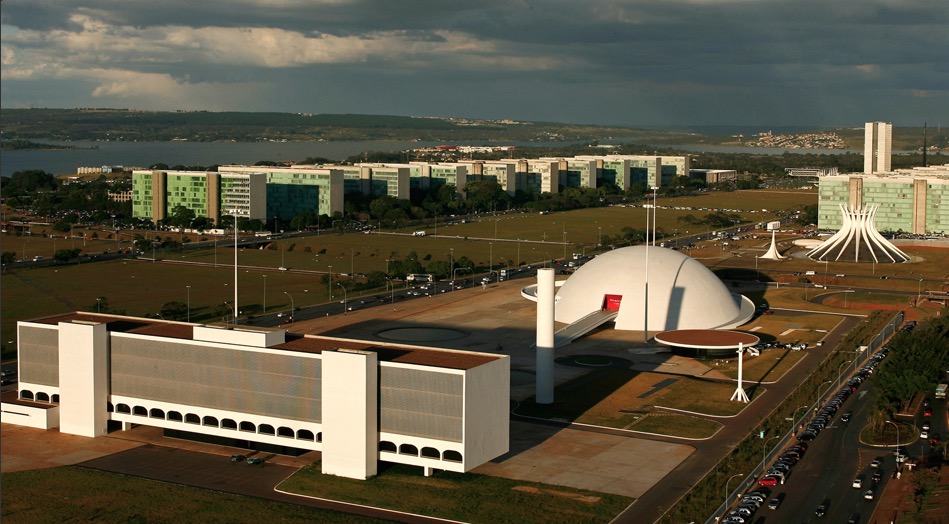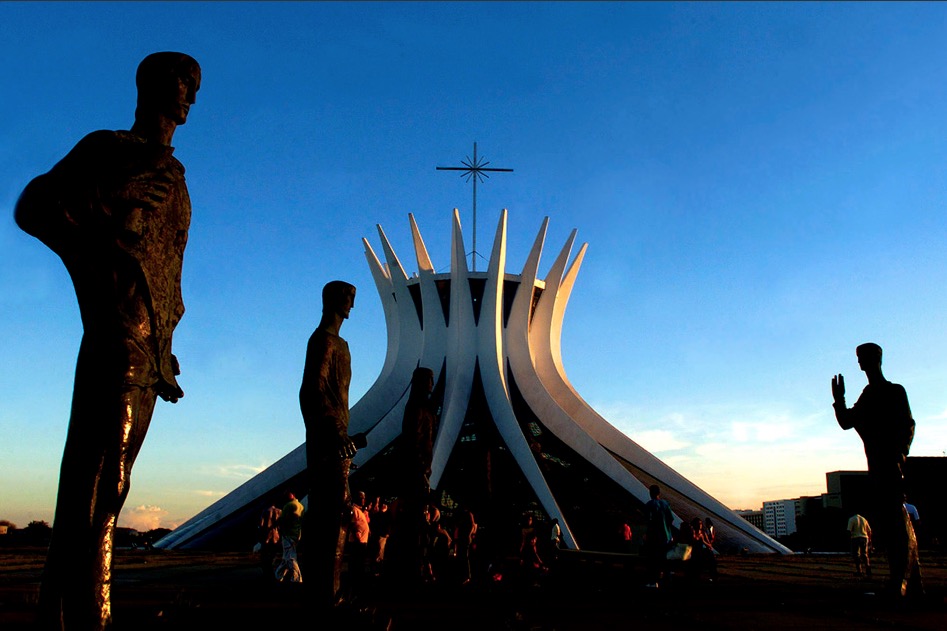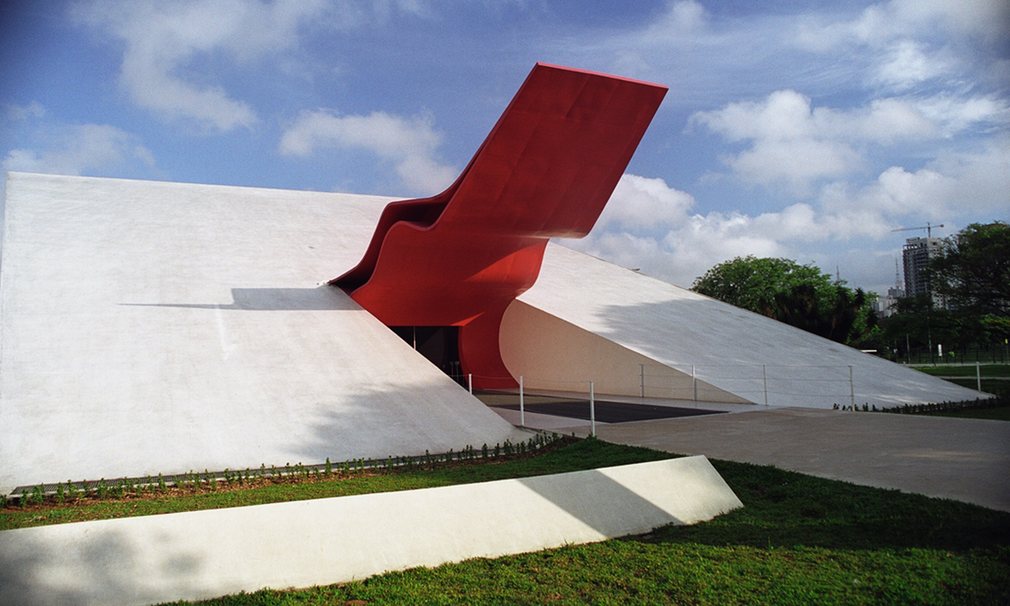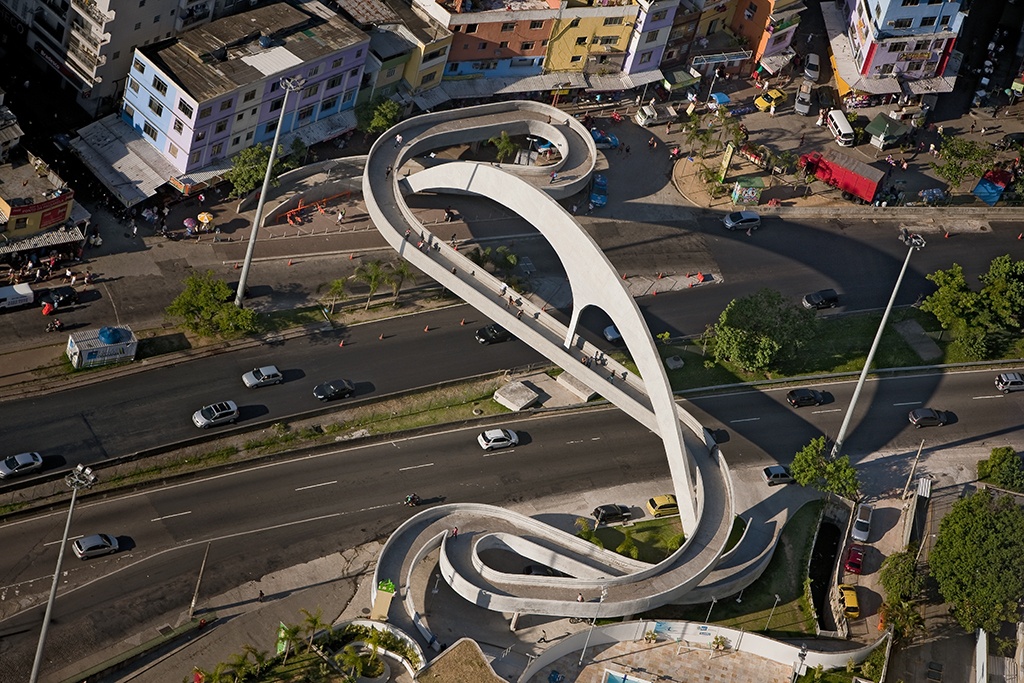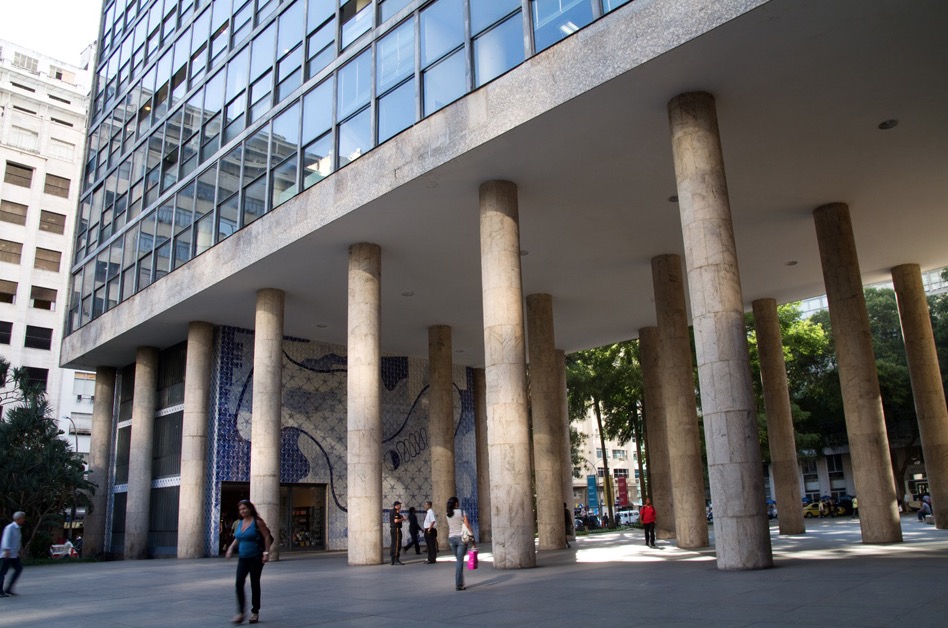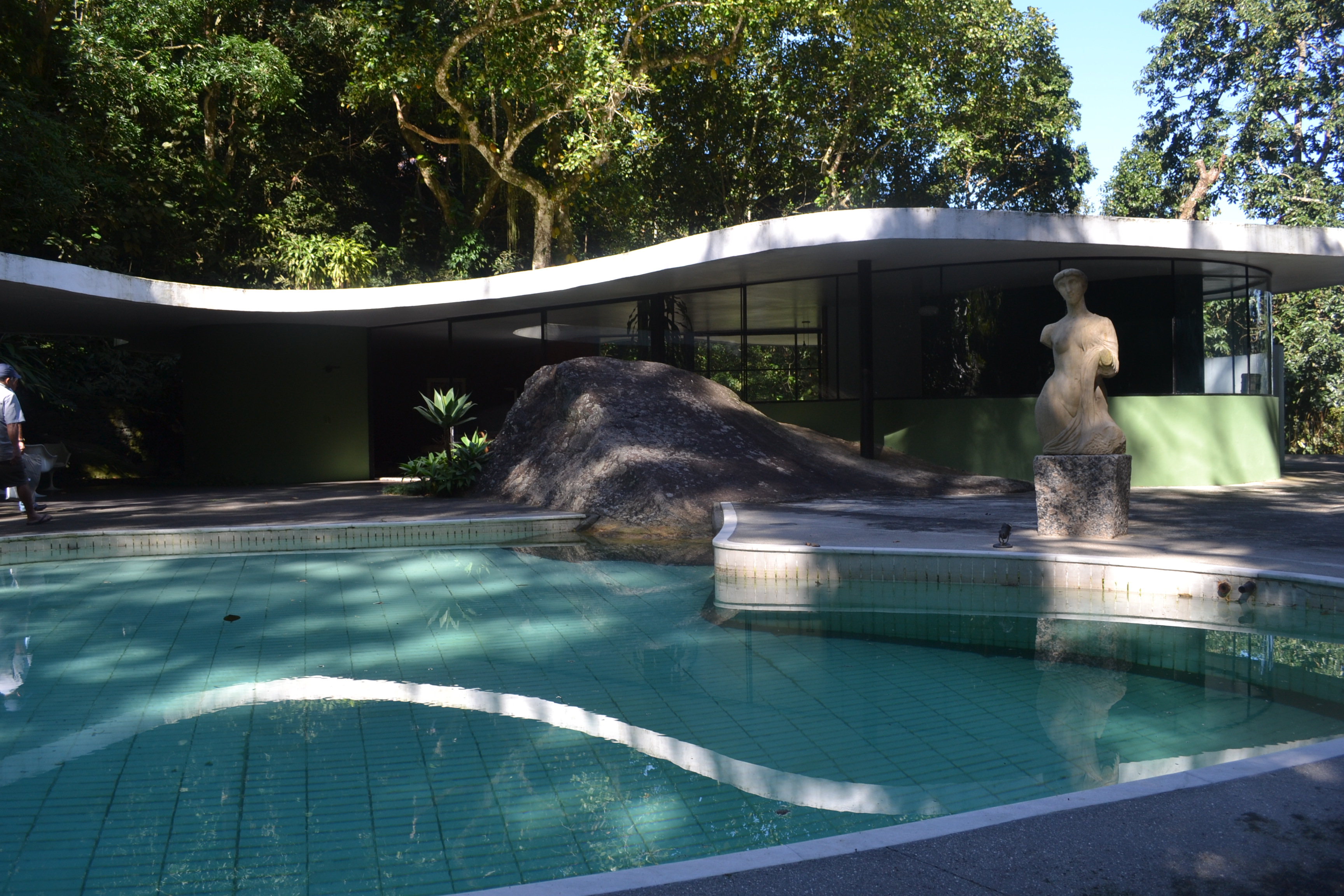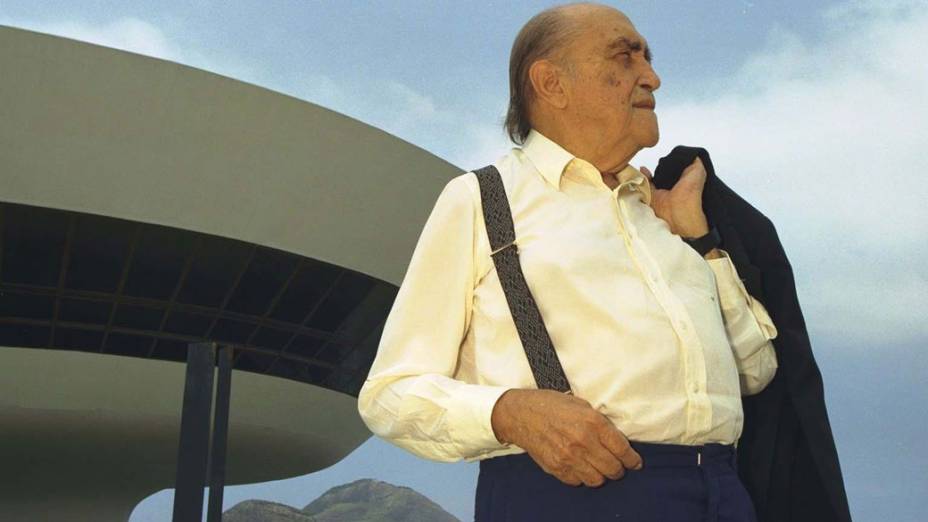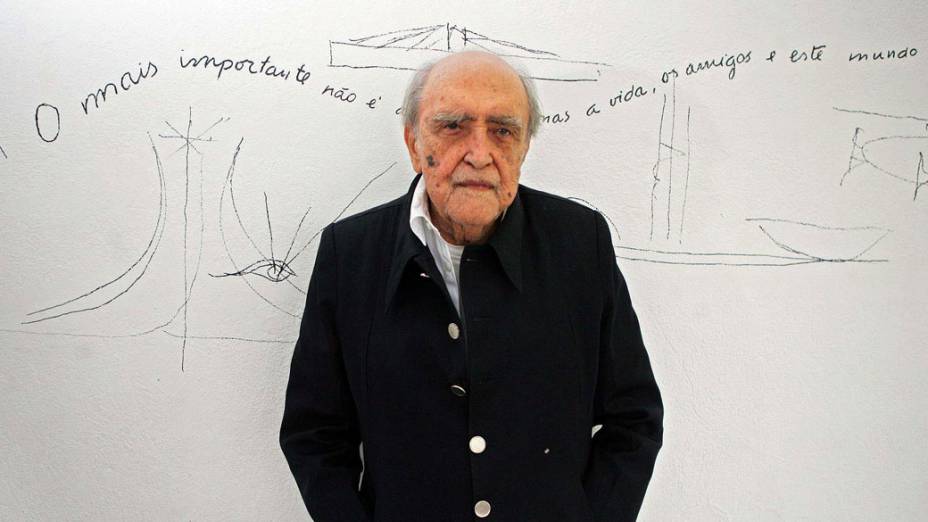Architecture is like breathing.
It impacts the whole life.
Axl, our editorial manager, has been working with architecture agencies for years. During her research she heaped knowledge of architecture and learned a lot with those who speak about in the most simply way.
How to build bits of knowledge & inspiration about.
Build inspiration like constructing love?
Building clouds?
archiplusa is shotnlust’s little sister,
so if you want to see more about design, architecture, landscape, follow this link.
Build inspiration like constructing love?
Building clouds?
archiplusa is shotnlust’s little sister,
so if you want to see more about design, architecture, landscape, follow this link.
ALVAR AALTO
Hugo Alvar Henrik Aalto (3 February 1898 – 11 May 1976) was a Finnish architect and designer, as well as a sculptor and painter. His work includes architecture, furniture, textiles and glassware. Aalto's early career runs in parallel with the rapid economic growth and industrialization of Finland during the first half of the twentieth century and many of his clients were industrialists; among these were the Ahlström-Gullichsen family. The span of his career, from the 1920s to the 1970s, is reflected in the styles of his work, ranging from Nordic Classicism of the early work, to a rational International Style Modernism during the 1930s to a more organic modernist style from the 1940s onwards. His furniture designs were considered Scandinavian Modern. What is typical for his entire career, however, is a concern for design as a Gesamtkunstwerk, a total work of art; whereby he – together with his first wife Aino Aalto – would design not just the building, but give special treatments to the interior surfaces and design furniture, lamps, and furnishings and glassware. The Alvar Aalto Museum, designed by Aalto himself, is located in what is regarded as his home city Jyväskylä.
Alvar Aalto Foundation
Alvar Aalto Architecture Map
Principal works by Alvar Aalto
![]()
![]()
![]()
![]()
![]()
![]()
![]()
![]()
![]()
![]()
![]()


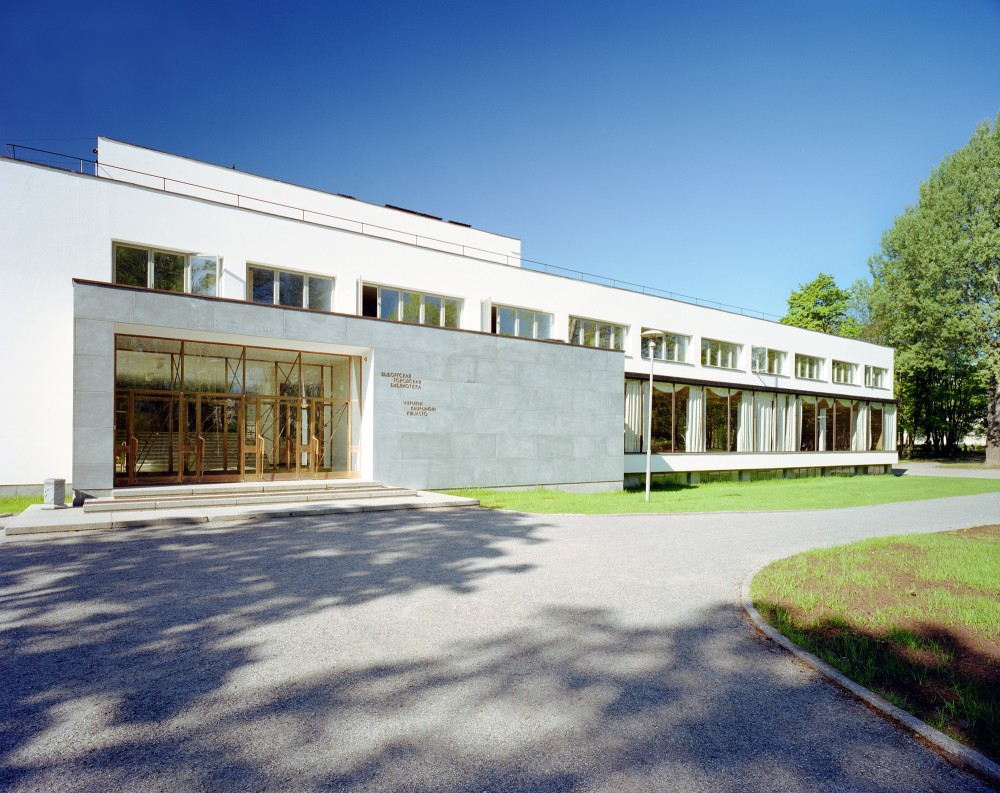
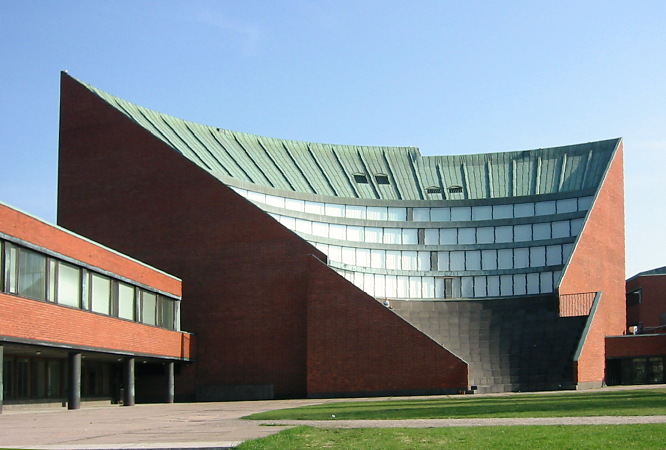






2015.06.
Scroll to top ↑
OSCAR NIEMEYER
(December 15, 1907 – December 5, 2012)
"It was the drawing that led me to architecture, the search for light and astonishing forms."
The legendary architect's success undoubtedly resides in his attachment to the history of Brazil, its modernization.
"His career coincided with the modernization of Brazil. He was a genius at a time when architecture wanted to reinvent itself radically," says Frederick Fleurette, professor of architecture at the University of Brasilia (UNB).
He leaves a work of astonishing plastic force and expression, a visionary disproportion, a reference to the history of Brazil and architecture, helping give the country a modern visual voice from the 1940s onwards.
As an architect, he has been always faithful to the concrete curves that gave him his international fame.
Oscar Niemeyer was born on December 15, 1907, in Rio de Janeiro, Brazil. He landed his first major project in 1941, planning buildings for the Pampulha Architectural Complex. His designs were noted for their free-flowing forms. Other projects included working on the United Nations building and designing the Contemporary Art Museum in Niterói and major buildings in the capital city of Brasília.
The first Brazilian to win the Pritzker is died at 104 on December 5, 2012.
All the images ©
![]()
National Congress, Brasilia (1957-1964) © The Gardian Christopher Beanland
![]()
Latin American Memorial and Parliament in São Paolo (1989) © The Gardian Christopher Beanland
![]()
Niterói Contemporary Art Museum — MAC, Niterói, Rio de Janeiro (1996) © The Gardian Christopher Beanland
![]()
Brasília © Folhapress
![]()
Catedral de Brasília © AP
![]()
National Congress of Brazil building © Oscar Niemeyer, Brasilia, Federal District, Brazil © Yann Arthus Bertrand
![]()
Ibirapuera Auditorium (2002-5), Ibirapuera Park, São Paulo © The Gardian Christopher Beanland
![]()
Pedestrian bridge © Oscar Niemeyer, Favela da Rocinha, Gávea, Rio de Janeiro, Brazil © Yann Arthus Bertrand
![]()
Palácio do Planalto © José Cruz/ABr
![]()
Palácio Gustavo Capanema, Rio de Janeiro © Paula Giolito/Folhapress
![]()
Praça da Liberdade, Belo Horizonte © Leo Drumond/Nitro/VEJA
![]()
Casa das Canoas © flickr Ana María León
![]()
1997 - Oscar Niemeyer in front of the Musée d'art contemporain, à Rio de Janeiro © Camilla Maia / JB / SEE
![]()
2005 - Oscar Niemeyer lorsune interview dans son bureau à Copacabana, Rio de Janeiro © Wilton Jr./AE/VEJA
To see more projects: VEJA, POP ART l
To learn more about Oscar Niemeyer: architect.architecture
2016.12.
Scroll to top ↑
TADAO ANDO
I would like my architecture to inspire people to use their own resources, to move into the future.
Tadao Ando, 安藤 忠雄, born September 13, 1941) is a Japanese self-taught architect whose approach to architecture and landscape was categorized by architectural historian Francesco Dal Co as "critical regionalism".
n 1995, Ando won the Pritzker Prize for architecture.
Ando was born a few minutes before his twin brother in 1941 in Osaka, Japan. He worked as a truck driver and boxer before settling on the profession of architect, despite never having formal training in the field. Struck by the Frank Lloyd Wright-designed Imperial Hotel on a trip to Tokyo as a second-year high school student, he eventually decided to end his boxing career less than two years after graduating from high school to pursue architecture. He attended night classes to learn drawing and took correspondence courses on interior design. He visited buildings designed by renowned architects like Le Corbusier, Ludwig Mies Van der Rohe, Frank Lloyd Wright, and Louis Kahn before returning to Osaka in 1968 to establish his own design studio, Tadao Ando Architects and Associates.
Ando was raised in Japan where the religion and style of life strongly influenced his architecture and design. Ando's architectural style is said to create a "haiku" effect, emphasizing nothingness and empty space to represent the beauty of simplicity.
Tadao Ando
Tadao Ando Architecture Map
Principal works by Tadao Ando.
![]()
![]()
![]()
![]()
![]()
![]()
![]()
![]()
![]()
![]()




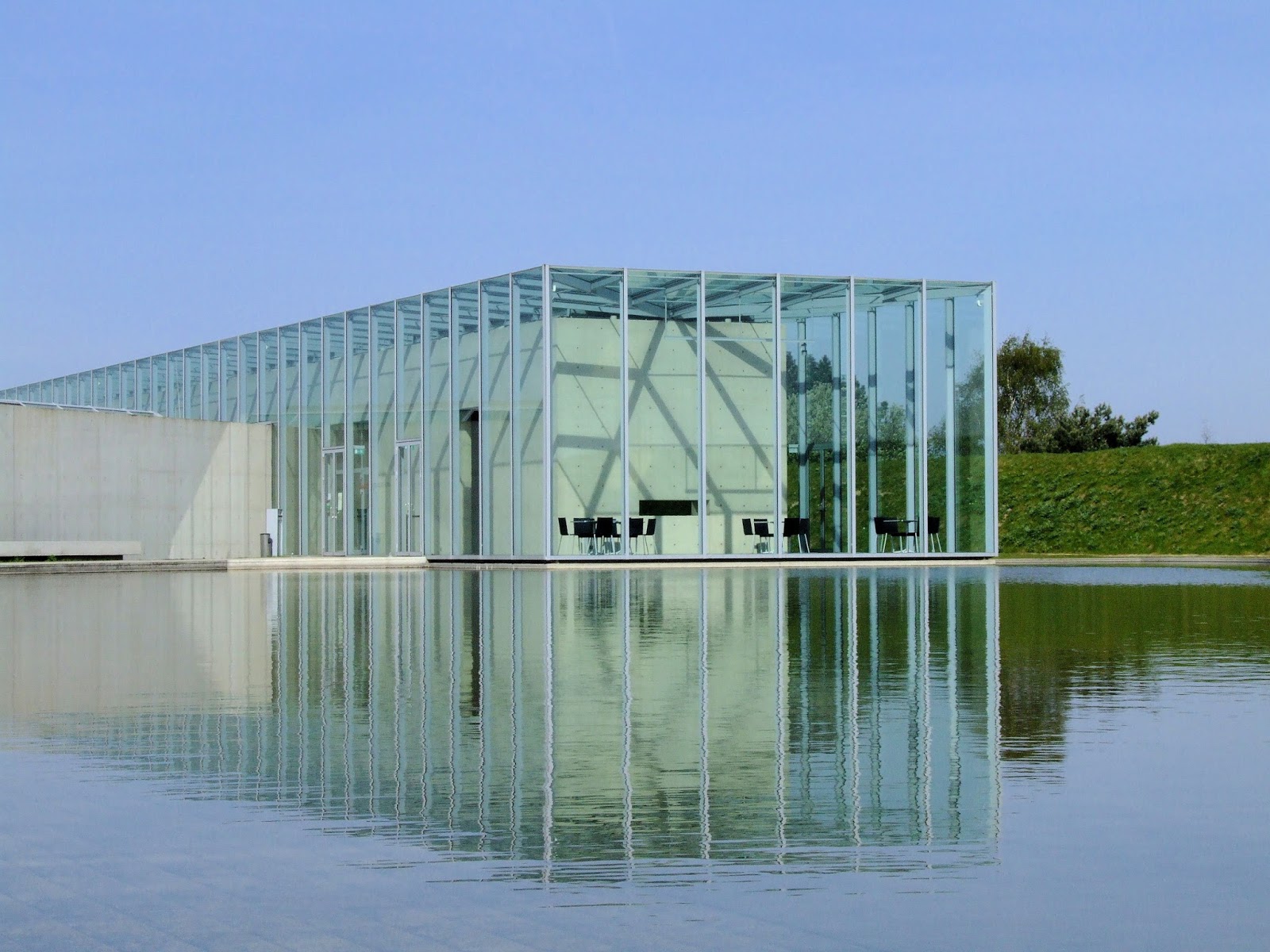





Tadao Ando: Ichigoni 152
The lionized Japanese architect takes us through his Manhattan masterpiece
2015.06.
Scroll to top ↑
At the beginning it was the idea of building a small arts library. Then, little by little, the commitment to share it.
Choice, preference, ignorance, evidence, all assumed.
A desire to discover, an encouragement to remember. Sometimes.
︎ ︎ ︎
Subscribe to our newsletter here to get the last updates.
If you’d like to be featured on shotnlust.com or to add/modify credit, please use this contact form or send us an Email.
All rights for materials presented on shotnlust.com belong to the artists and are for non-commercial and/or educational use only.
Video La Salamandre (1971) Alain Tanner, Bulle Ogier
shotnlust copyright © All rights reserved.

